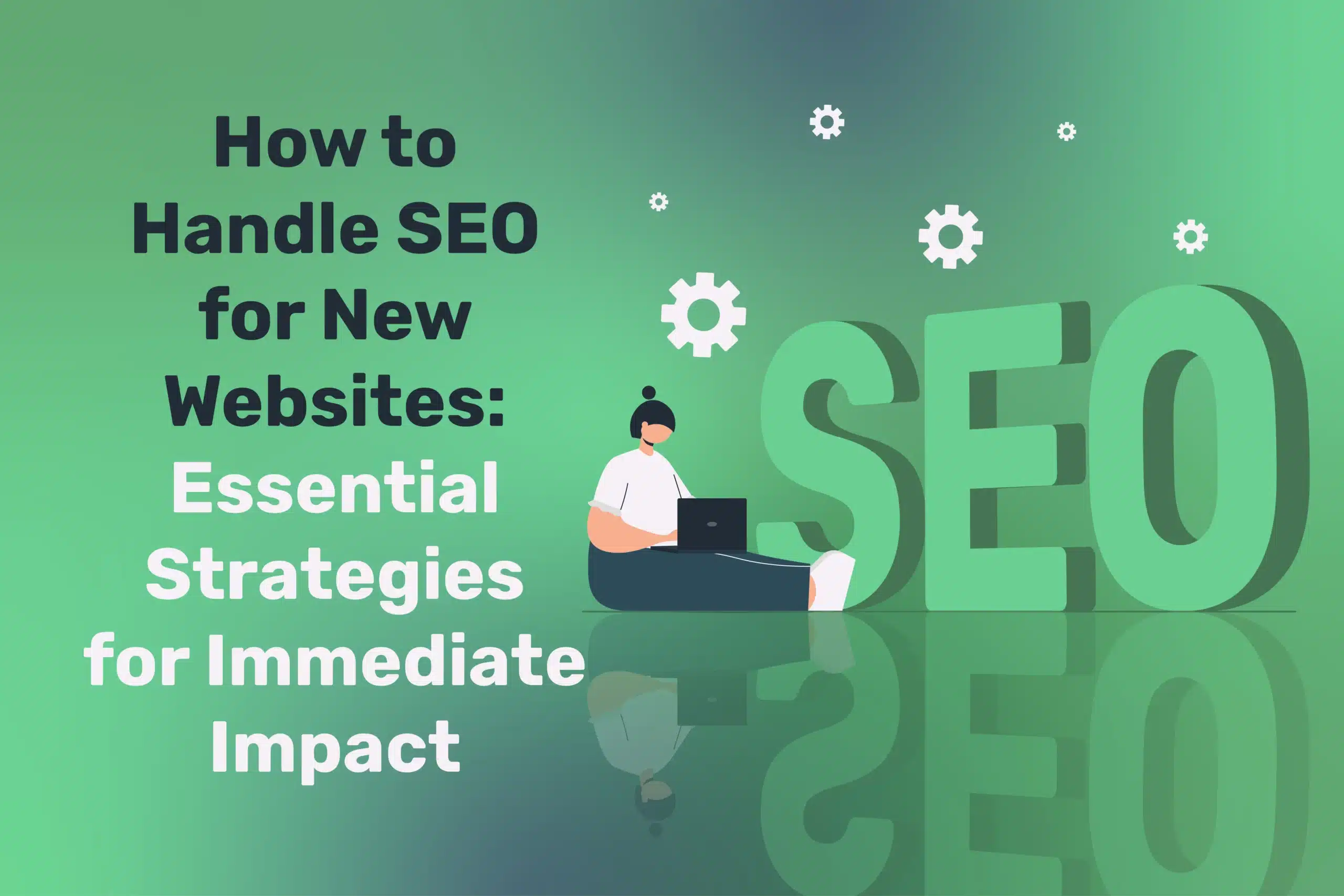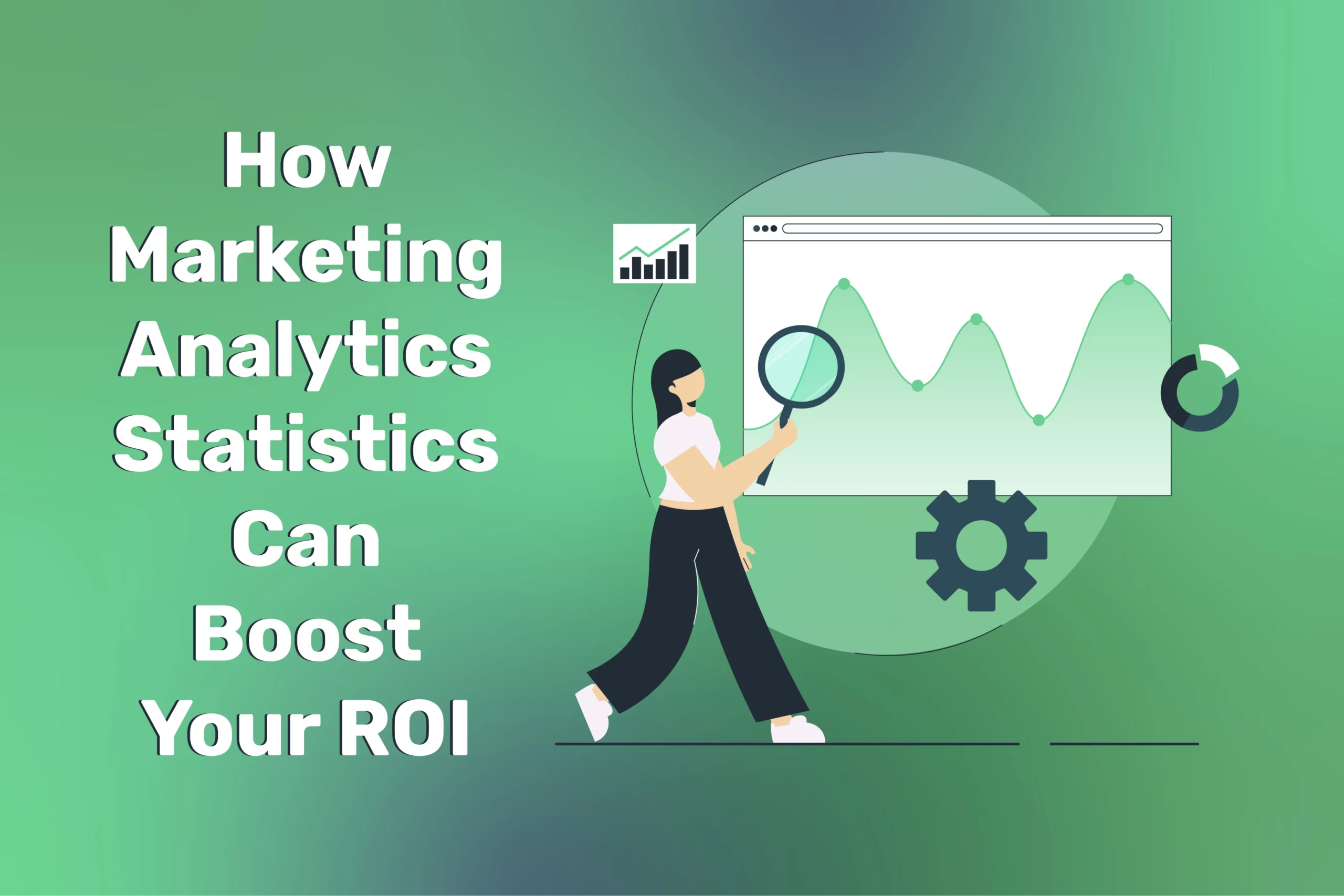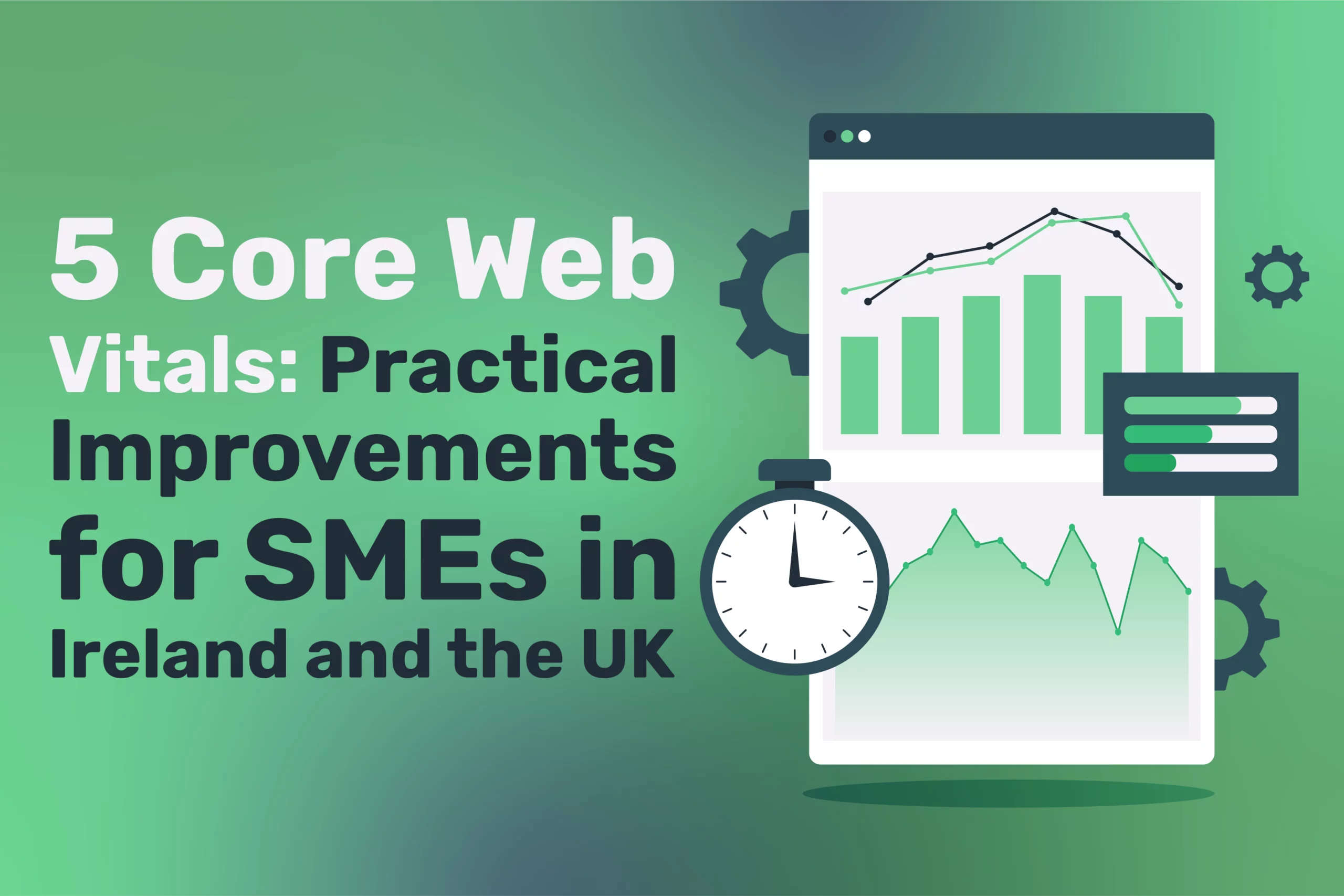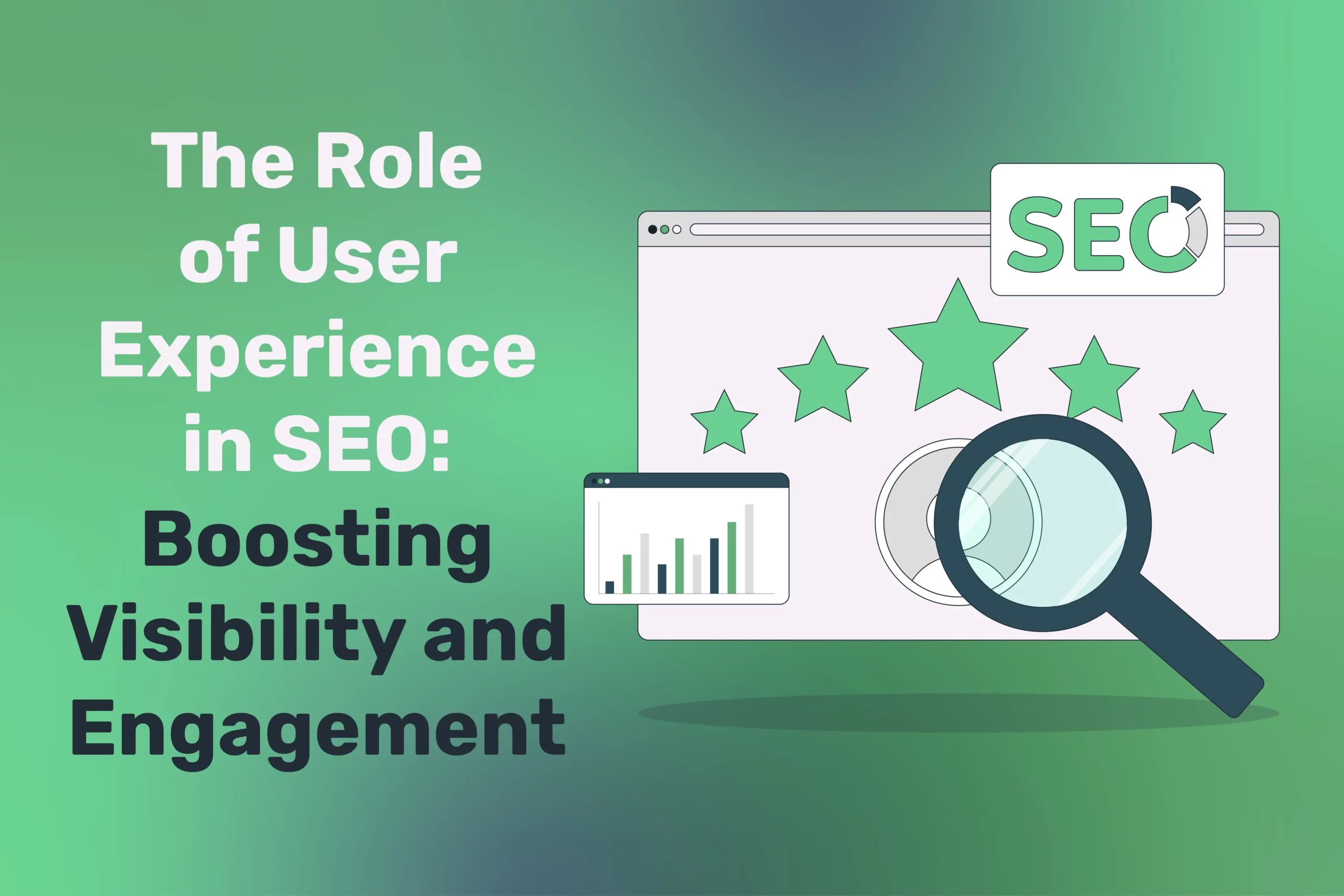
Measuring SEO Success: Top Analytics Tools and KPIs
Table of Contents
Search engine optimisation is an ongoing process—what good is your strategy if you can’t measure its impact? In 2024, SEO measurement demands deeper insights than raw keyword rankings alone. Sophisticated analytics tools and a focus on KPIs like organic traffic quality, bounce rates, conversions, and user engagement provide a more holistic view of SEO performance.
This article outlines top analytics tools—from Google’s free solutions to advanced platforms—and the KPIs that truly matter for gauging success. By tracking these metrics, you’ll see whether your SEO efforts deliver ROI or if adjustments are needed. The result: a data-driven approach that ensures resources go where they count most.
“KPIs keep your SEO strategy grounded in real outcomes—leads, sales, brand growth—not just vanity metrics,” notes Ciaran Connolly, Director of ProfileTree.
Why SEO Measurement Matters More Than Ever
In today’s digital landscape, SEO is no longer just about ranking higher—it’s about driving real business results. With search algorithms constantly evolving and competition fiercer than ever, measuring SEO performance is crucial to staying ahead. Understanding what’s working (and what’s not) allows businesses to refine their strategies, improve visibility, and maximise ROI. Without proper measurement, even the best SEO efforts can become guesswork rather than a data-driven path to success.
Justifying SEO Budgets
Executives or clients might question SEO returns if conversions aren’t directly tracked. By highlighting improvements in organic leads or revenue, you show the tangible financial impact of ongoing SEO. This clarity fosters continued investment or expanded budgets.
Identifying Wins and Weak Spots
An SEO campaign might rank you #3 for certain keywords but yield minimal conversions if the content or CTA is misaligned. Real analytics data reveals these nuances, guiding content improvements or new keyword targets.
Preparing for Algorithm Changes
When Google rolls out updates, sites with robust measurement see the impact quickly and adapt. If your rank plummets for certain queries, you can swiftly pinpoint the cause, from content gaps to link issues.
Essential SEO KPIs to Track
Tracking the right SEO key performance indicators (KPIs) is essential for measuring success and refining your strategy. These metrics provide valuable insights into website performance, search visibility, and user engagement. By focusing on the most impactful KPIs, businesses can identify opportunities for growth, optimise their content, and stay competitive in an ever-changing digital landscape.
Organic Traffic and Sessions
At a baseline, measure how many users arrive from search engines. Tools like Google Analytics segment traffic by channel (“Organic Search”). Over time, you want consistent growth or stable volumes for key landing pages. If it dips unexpectedly, investigate potential indexing or ranking issues.
Conversions and Conversion Rate
Beyond visits, how many actually buy, sign up, or fill out a lead form? Setting up goals or e-commerce tracking clarifies how SEO directly contributes to revenue or lead generation. If traffic rises but conversions don’t, your site might need content or UX improvements.
Keyword Rankings
While not the sole measure of SEO success, rank monitoring is valuable. Tools track positions for target terms daily or weekly. Watch for positive climbs or sudden falls, but interpret in context—some queries have negligible search volume or limited commercial intent.
Bounce Rate and Dwell Time
A high bounce rate suggests visitors found the page irrelevant or the content lacking. Meanwhile, dwell time (time on page before returning to SERPs) hints at how engaging your content is. Low dwell time might indicate mismatch with user intent.
Pages per Session and Return Visits
Check if organic visitors explore multiple pages or come back later. If your blog invites them to read another relevant piece, that signals content value. Return visitors show brand loyalty— crucial for building consistent traffic.
Top Analytics Tools for 2024
With data playing a critical role in digital marketing success, having the right analytics tools is essential for making informed decisions. In 2024, businesses have access to a wide range of powerful platforms that track website traffic, user behaviour, and SEO performance. These tools provide valuable insights to optimise strategies, improve engagement, and maximise ROI. Choosing the best analytics solution can give you a competitive edge in an ever-evolving digital landscape.
Google Analytics 4 (GA4)
The successor to Universal Analytics, GA4 uses an event-driven data model. It better tracks cross-device user journeys. Key features:
- Enhanced e-commerce reporting
- Predictive metrics (like purchase probability),
- Built-in machine learning for anomaly detection.
Setup can be complex; ensure you properly map conversions, define events, and link with Google Ads if needed.
Google Search Console
GSC focuses on how Google crawls and indexes your site. Vital data includes:
- Impressions, clicks, and average rank for queries,
- Coverage or indexing issues,
- Mobile usability alerts,
- Core Web Vitals.
Essential for diagnosing ranking dips or verifying structured data.
Third-Party Platforms
- SEMrush: Keyword and competitor analysis, site audits, backlink tracking.
- Ahrefs: Strong backlink analysis, keyword tools, rank monitoring.
- Moz Pro: Domain authority metrics, on-page graders.
- Screaming Frog: A crawler for in-depth site audits (broken links, canonical checks, etc.).
AI-Powered Analytics Tools
In 2024, AI-driven solutions like MarketMuse or Clearscope analyse content gaps, user signals, and competitor outlines to suggest SEO enhancements. They can highlight semantic topics you’re missing or forecast which keywords yield best ROI.
“Combining GA4, Search Console, and advanced SEO suites gives a 360-degree view—covering user behaviour, SERP performance, and competitor contexts,” says Ciaran Connolly.
Setting Up Tracking Correctly
Properly setting up tracking is the foundation of accurate SEO measurement and data-driven decision-making. Without a well-configured tracking system, valuable insights can be lost, leading to missed opportunities for optimisation. By ensuring that analytics tools are correctly implemented, businesses can monitor key metrics, understand user behaviour, and refine their strategies with confidence. A precise tracking setup allows for more effective performance analysis and long-term success.
GA4 Property and Data Streams
When migrating from Universal Analytics to GA4, define data streams for web and app if relevant. Tag Manager can handle event-based tracking easily. Confirm your e-commerce or lead forms are sending correct purchase or completion events.
Goals and Conversion Events
Establish meaningful goals—like “Contact form submission,” “Newsletter sign-up,” or “Checkout completion.” GA4 uses “events,” so label them consistently and set up conversion toggles. If each form has separate thank-you pages, track them as event triggers or pageviews.
UTM Parameters
When promoting content or new pages, use UTM-coded URLs to see if traffic is from social campaigns or email blasts. This helps differentiate organic search from other channels. It also clarifies the actual leads from each marketing effort.
Enhanced E-commerce (If Applicable)
For e-commerce, advanced features track product views, cart additions, checkout funnel steps, and transaction details. Pinpoint where drop-offs occur. Segment organic visitors to see how SEO leads behave in the purchase path.
Analysing KPIs for Actionable Insights
Tracking SEO KPIs is just the first step—turning that data into actionable insights is what drives real results. By analysing key metrics, businesses can identify trends, uncover opportunities, and address weaknesses in their strategy. Whether it’s improving content, refining keyword targeting, or enhancing user experience, a data-driven approach ensures continuous growth and better decision-making.
Keyword Position vs. Conversion
Don’t just chase top positions for every term. Some #1 spots with low-intent keywords might yield minimal ROI. Meanwhile, ranking #5 for a strong commercial term might drive better conversions. Evaluate your positions in the context of revenue or leads generated.
Landing Page Performance
Identify top 10 organic landing pages. If certain pages see high bounce rates or low dwell times, re-check content alignment or add more internal links. If a page is overshadowed by a similar piece, consider merging them for a stronger, single resource.
Geographic or Device Breakdowns
GA4’s explorations let you see if certain countries or devices have lower engagement. Possibly your mobile site is slow or some region lacks relevant local content. Tweak your site or content strategy to address these gaps.
Seasonal or Trend-based Patterns
Review monthly or weekly data for cyclical patterns. If traffic spikes each January due to “new year solutions” searches, plan content in advance. If a competitor outranks you in that season, consider ramping up link-building or social promotions earlier.
Using AI to Assist in Reporting and Forecasting
AI is revolutionising the way businesses analyse SEO performance, making reporting and forecasting more efficient and accurate. By leveraging machine learning and automation, AI-driven tools can process vast amounts of data, identify patterns, and predict future trends with greater precision. This enables marketers to make data-backed decisions, optimise strategies proactively, and stay ahead of the competition. With AI assisting in reporting and forecasting, businesses can streamline their SEO efforts and maximise long-term success.
Automated Insight Generation
Tools with AI can highlight unusual changes—like a sudden traffic drop from a specific query or an unexpected bounce rate rise for a certain landing page. These early warnings free you from manual monitoring.
Predictive Analytics
AI-driven platforms might forecast future traffic or lead volumes if certain pages rank top 3. They consider historical data, competitor movements, or seasonal factors. While not foolproof, these forecasts guide resource allocation or new content topics.
Content Gap Analysis
AI can parse your competitor’s top content and find semantic topics missing from your site. For instance, if you’re an SEO agency lacking a detailed “local SEO case study,” the tool might recommend it as a high-potential piece. This approach streamlines editorial planning, bridging user demands.
“AI predictions help shape data-backed roadmaps. But always apply human judgment—no machine fully grasps your brand’s nuance or shifts in user sentiment,” says Ciaran Connolly.
Improving SEO With the Data: A Continuous Cycle
SEO is not a one-time effort but an ongoing process of analysis, optimisation, and adaptation. By continuously using data to refine strategies, businesses can improve rankings, enhance user experience, and drive better results over time. Regularly assessing performance metrics, testing new approaches, and adjusting to algorithm changes ensures sustained growth in an ever-evolving digital landscape. Embracing this data-driven cycle is key to long-term SEO success.
Content Optimisation
If analytics reveals high-exit pages, investigate user intent mismatch. Possibly your “guides” need deeper explanations or updated stats. If certain pages have lots of impressions but low CTR, refine meta titles/descriptions or consider rewriting the snippet to stand out.
Technical Corrections
Flags from site audits—like broken internal links or slow server responses—should be promptly tackled. Each quarter, re-run a crawler to confirm no new errors emerged. Quick fixes preserve search engine trust and user satisfaction.
Link-Building Prioritisation
If your link profile analysis finds strong domain authority but your top competitor outranks you in certain product categories, focus on obtaining backlinks for those product pages. Possibly guest blogging or co-authoring content with relevant partners. The data informs which pages need link boosts.
Checking for SERP Features
If a query you target triggers a featured snippet or “People Also Ask,” adapt your content to address it explicitly. Insert FAQ sections, bullet summarised steps, or highlight definitions. This can help you capture that snippet or show up in the PAA box. Tools show if your site is missing these potential quick wins.
Pitfalls in Measuring SEO
Measuring SEO performance is essential, but it comes with challenges that can lead to misleading data and ineffective strategies. Common pitfalls include relying on vanity metrics, misinterpreting data, and overlooking external factors like algorithm updates or seasonal trends. Understanding these mistakes helps businesses refine their tracking methods, focus on meaningful insights, and make data-driven decisions that truly impact growth.
Misaligned Goals
If your site is B2B software, raw traffic volume might matter less than qualified leads. Don’t rely purely on session counts or rank trackers. Focus on the KPI that aligns with actual business success (like booked demos or form completions).
Data Delays or Unclean Setup
GA4 or Search Console may display incomplete or inaccurate data if they were recently implemented or set up incorrectly. Issues like missing tags, tracking misconfigurations, or delays in data processing can lead to misleading insights. To ensure accurate reporting, thoroughly test your measurement plan, verify that tracking codes are correctly placed, and confirm that event names are consistent across platforms.
Even a small mismatch in event naming or tag implementation can distort key metrics, making it harder to assess SEO performance effectively. Regular audits help maintain data integrity and ensure reliable analysis.
Overlooking Indirect Effects
SEO doesn’t just drive organic traffic—it also boosts brand awareness, leading to more direct and social visits. When your rankings improve, more people recognise and trust your brand, often returning later via direct searches or social media. If you notice a rise in direct visits after an SEO win, it’s a sign of indirect impact. Overlooking these intangible benefits can lead to undervaluing SEO’s full contribution to brand growth and visibility.
Overcomplicating Reports
Massive spreadsheets or advanced dashboards can baffle stakeholders. Provide concise monthly or quarterly summaries, focusing on the KPIs that matter. Use data visualisations to highlight upward or downward trends. Tweak the level of detail to your audience’s needs.
Setting a Practical SEO Reporting Cadence
Establishing a consistent SEO reporting cadence is crucial for tracking progress, identifying trends, and making informed adjustments. Too frequent reporting can lead to reactive decision-making, while infrequent reviews may cause missed opportunities. Striking the right balance—whether weekly, monthly, or quarterly—ensures that insights are actionable and aligned with business goals. A well-structured reporting schedule keeps teams focused on long-term success while allowing for timely optimisations.
Weekly Spot Checks
Regularly reviewing rank movements for priority keywords helps catch unexpected drops early, allowing for quick adjustments. A weekly check is enough to stay informed without overreacting to normal SERP fluctuations, making daily tracking unnecessary in most cases.
Monthly In-Depth Analysis
Compile a thorough monthly report:
- Changes in organic sessions vs. last month or year,
- Top landing pages and any outliers,
- Conversion data from SEO specifically,
- Notable new backlinks or lost links,
- Any new technical or content fixes.
Quarterly or Biannual Strategy Reviews
Step back to see bigger trends: is domain authority rising? Are we capturing new segments or queries? Revisit your SEO roadmap—adjust if certain campaigns underperformed or if new competitor threats loom.
Real-Time Alerts
Set up triggers for large traffic dips or a high jump in 404 errors. This immediate alert system ensures you respond quickly to potential site issues or index anomalies.
“Periodic structured reporting prevents SEO from drifting aimlessly. A consistent cadence fosters accountability and continuous improvement,” adds Ciaran Connolly.
Data-Driven SEO for Sustained Growth
In 2024, measuring SEO success is far from just tracking keyword ranks. By leveraging advanced analytics tools—GA4, Search Console, third-party suites—and focusing on relevant KPIs (organic conversions, user engagement, content performance, backlink quality), you gain actionable insights that shape your SEO strategy for real business impact.
A robust measurement framework illuminates what content resonates, which technical fixes pay off, and how off-page efforts boost domain authority. With consistent monitoring and iterative optimisation, your site can climb steadily up the SERPs, connecting with the right audience and delivering tangible results. Ultimately, data-driven SEO transforms guesswork into strategic clarity, powering your brand’s growth in a competitive digital environment.




